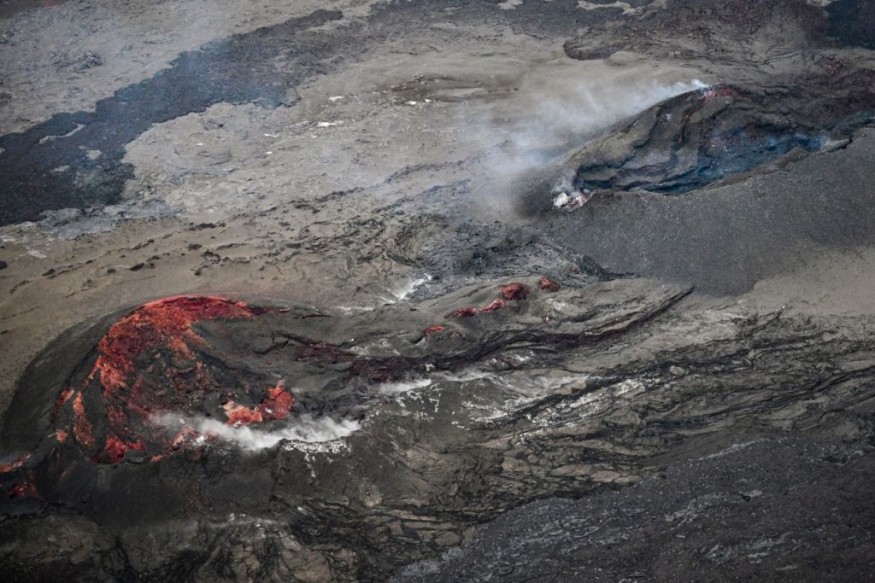
A new study calls into question the widely held idea that natural rock weathering serves solely as a carbon dioxide (CO2) sink.
Contrary to popular belief, the research led by the University of Oxford and published in Nature shows that rock weathering can be a large source of carbon dioxide, similar to the emissions produced by the world's volcanoes.
Natural CO2 Release Process
In the ancient remains of plants and animals that lived millions of years ago, rocks hold a massive store of carbon.
This suggests that the "geological carbon cycle" functions as a thermostat, assisting in the regulation of the Earth's temperature.
This new study, however, measured for the first time an additional natural process of CO2 release from rocks into the atmosphere, discovering that it is as substantial as CO2 released from volcanoes around the planet. Most natural carbon cycle models do not currently include this mechanism.
When mountains such as the Himalayas or the Andes form, rocks that originated on ancient seafloors (where plants and animals were buried in sediments) are forced back up to the Earth's surface.
This exposes the organic carbon in the rocks to oxygen in the air and water, causing it to react and emit CO2. This indicates that weathering rocks, rather than being a sink, could be a source of CO2.
Measuring the release of CO2 from weathering organic carbon in rocks has been problematic in the past.
The researchers employed a tracer element (rhenium) that is released into water when rock organic carbon combines with oxygen in the new study.
The measurement of rhenium levels in river water allows for the quantification of CO2 emissions. However, sampling all of the world's river water to obtain a worldwide estimate would be a big problem.
"The challenge was then how to combine these global maps with the river data, while considering uncertainties. We fed all of our data into a supercomputer at Oxford, simulating the complex interplay of physical, chemical, and hydrological processes. By piecing together this vast planetary jigsaw, we could finally estimate the total carbon dioxide emitted as these rocks weather and exhale their ancient carbon into the air," said Dr. Jesse Zondervan, the researcher who led the study at the Department of Earth Sciences, University of Oxford.
Read Also : Weathering Rocks for a Better Planet: How They Can Mitigate Climate Change and Restore Soil Health
Impact of Human Activities
CO2 hotspots were found in mountain ranges with high uplift rates that expose sedimentary strata, such as the eastern Himalayas, Rocky Mountains, and Andes.
It was discovered that the worldwide CO2 output from rock organic carbon weathering is 68 megatons of carbon per year.
With these emissions having altered the climate's history, particularly during mountain formation periods, the study now lays the way for further investigation into the possible impact of human activities and global warming on this natural carbon release.
The researchers question if this natural CO2 release will rise over the next century.
"While the carbon dioxide release from rock weathering is small compared to present-day human emissions, the improved understanding of these natural fluxes will help us better predict our carbon budget," Dr. Zondervan stressed.
Related Article : Explosive Power of Carbon Dioxide: How It Can Trigger Basaltic Eruptions and Affect the Climate
Related Video:
© 2025 NatureWorldNews.com All rights reserved. Do not reproduce without permission.





